Life
Sign up for our newsletter
We summarize the week's scientific breakthroughs every Thursday.
-
 Animals
AnimalsA fungus named after Sir David Attenborough zombifies cave spiders
The new fungus species Gibellula attenboroughii forces reclusive cave spiders to exposed areas, likely to benefit spore dispersal.
-
 Health & Medicine
Health & MedicineA man volunteered to get brain implants for depression. Hear his story
In the first episode of The Deep End Podcast, we meet Jon Nelson, who shares why he volunteered to get brain implants for his relentless depression.
-
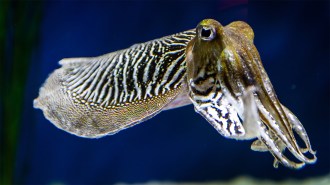 Animals
AnimalsCuttlefish ink may overwhelm sharks’ sense of smell
The main component of common cuttlefish ink — melanin — strongly sticks to shark smell sensors, possibly explaining why the predators avoid ink.
-
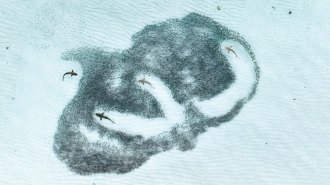 Animals
AnimalsThis bird’s eye view of a shark hunt won a photo contest
A snapshot of blacktip reef sharks hunting hardyhead silverside fish won the 2024 Royal Society Publishing Photography Competition.
-
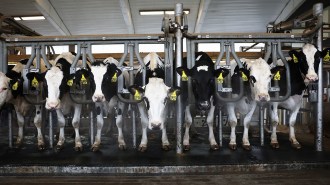 Health & Medicine
Health & MedicineA second version of bird flu is infecting cows. What does that mean?
While the risk to humans of exposure from cows or milk remains low, this new flu spillover from birds into cows raises the need for continued surveillance.
-
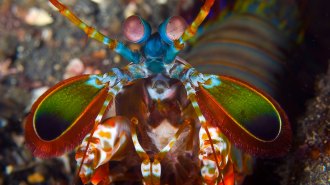 Animals
AnimalsHow mantis shrimp deliver punishing blows without hurting themselves
A mantis shrimp's punch creates high-energy waves. Its exoskeleton is designed to absorb that energy, preventing cracking and tissue damage.
By Jake Buehler -
 Health & Medicine
Health & MedicineSleeping pills may have unexpected effects on the snoozing brain
As scientists unravel how sleep benefits the body, a study in mice is highlighting the potential pitfalls of using Ambien and other sleep aids.
-
 Ecosystems
EcosystemsExtinct moa ate purple trufflelike fungi, fossil bird droppings reveal
DNA analysis reveals the big, flightless moa birds ate — and pooped out — 13 kinds of fungi, including ones crucial for New Zealand’s forest ecosystem.
By Susan Milius -
 Paleontology
PaleontologyEarth’s first waterfowl may have lived in Antarctica 69 million years ago
A few fossilized body parts hinted at an enigmatic bird's close ties to waterfowl like ducks and geese. A newfound skull may bolster that idea.
-
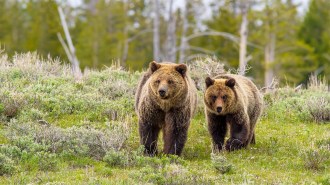 Science & Society
Science & SocietyWill the Endangered Species Act survive Trump?
President Trump has already begun to introduce changes that weaken the Endangered Species Act, a cornerstone of U.S. conservation law.
By Amanda Heidt -
 Life
LifeA new book explores the evolutionary romance between plants and animals
Riley Black’s new book, When the Earth was Green, uses the latest research to envision the ancient worlds of our favorite prehistoric animals.
-
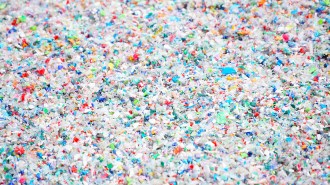 Health & Medicine
Health & MedicinePlastic shards permeate human brains
A study of microplastics and nanoplastics in brains shows an astonishing increase over time.